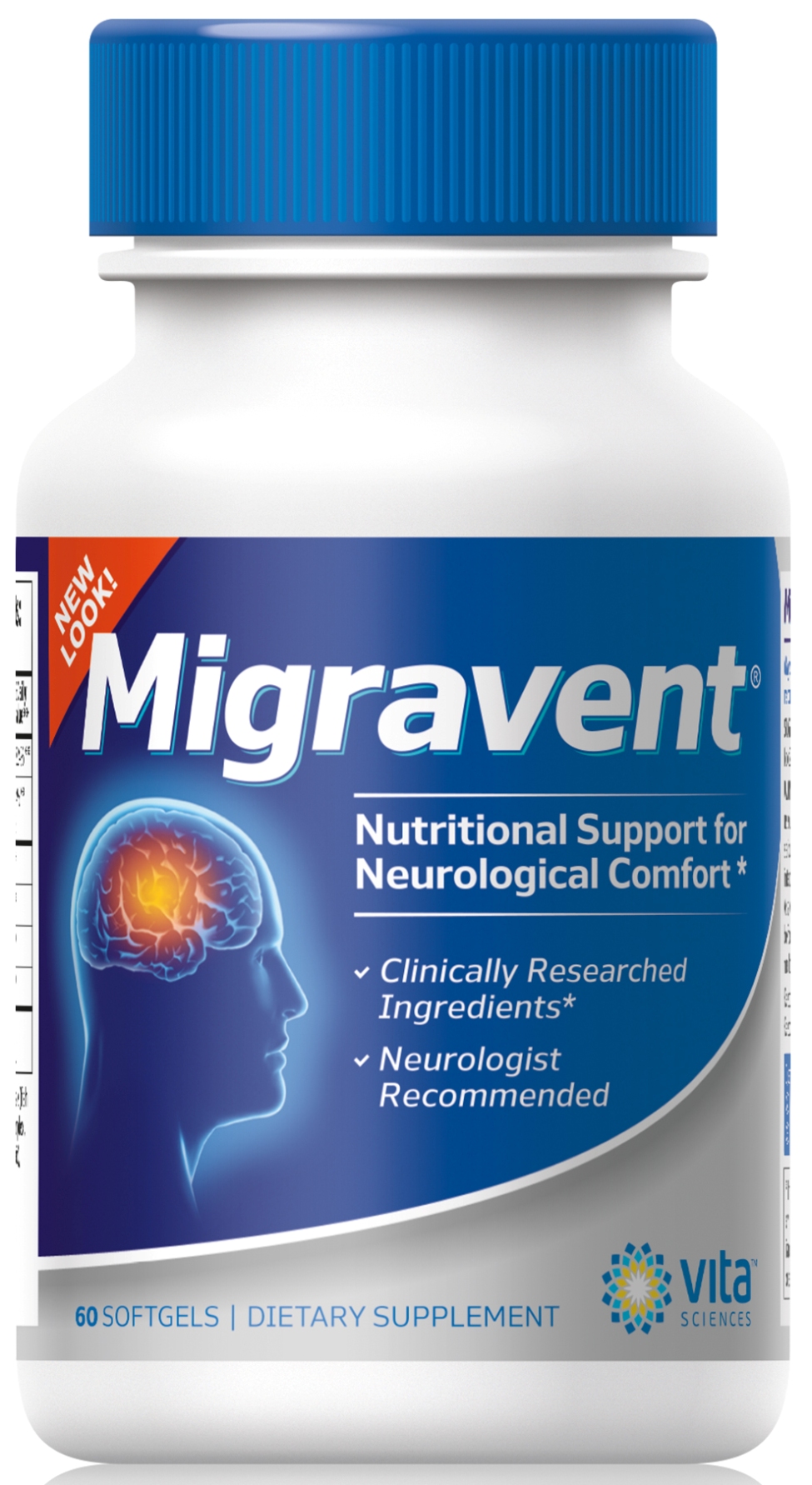Suffering from migraine headaches is painful enough…now, a new report says that mommy migraine sufferers are more than twice as likely to have babies with colic than non-migraine headache sufferers, leading experts to wonder if colic in infants is an early symptom of migraines.
Migraines from birth? Maybe…
In a recent University of California, San Francisco (UCSF) study, child neurologist Dr. Amy Gelfand surveyed 154 moms with migraines, and made this startling discovery:
Mothers who have a history of migraines are 2 ½ times more likely to have babies that show symptoms of colic, compared with moms who have no history of migraines.
Where 11% of non-migraineur mothers have colicky babies, a much higher percentage- 29 percent– of mothers who suffer from migraines give birth to babies who cry around the clock and appear to be suffering from a mysterious pain for which there is no relief.
Colic attacks or migraine attacks?
Moms have been fretting over colicky babies ever since the Stone Age. For years, scientists have wondered what causes this mysterious affliction that begins at the age of two months and may continue well into toddlerhood.
Symptoms of colic include fussiness, abnormal crying patterns, excessive crying, restlessness, inability to sleep through the night, and a general impression that your baby is suffering from some sort of immense pain that cannot be relieved. (Sound like migraines?)
“We’ve known about colic for a really long time,” Dr. Gelfand says, “but despite this fact, no one really knows why these babies are crying.”
 In recent years, speculations have been made linking colic with gastrointestinal problems. Debates raged over whether or not bottle-fed babies suffer more colic than breast-fed babies do, insinuating that mothers who feed their babies infant formulas are unintentionally harming them. Grandmother tonics abound, promising to relieve gas pains that indicate colic.
In recent years, speculations have been made linking colic with gastrointestinal problems. Debates raged over whether or not bottle-fed babies suffer more colic than breast-fed babies do, insinuating that mothers who feed their babies infant formulas are unintentionally harming them. Grandmother tonics abound, promising to relieve gas pains that indicate colic.
After 50 years of research, we are still no closer to understanding what causes colic in infants, nor how to cure it. Now, this promising new research sheds a new light on infant colic by introducing migraine disorder as a potential factor.
Infant migraine therapy
If colic in babies is really one of the first symptoms of migraine attacks, then we can use this information to begin safe, effective therapy from an early age- colic therapy, combined with migraine prevention.
Here are some effective migraine therapies and coping mechanisms that are worth investigating:
Reduce stimulation. We know that certain things trigger migraines; why not use this approach to ease colic in babies? If you know that bright lights and strong scents trigger your own migraine attacks, then consider keeping the lights down for your own baby, and switching to non-scented baby lotions and cleansers.
Keep a migraine diary. Keep a log of your baby’s sleeping and crying patterns, noting when you breastfed or bottle-fed. If you breastfeed, also take notes on what you ate. Also include other factors like weather, runny nose, coughing, doctor’s checkups, and vaccinations. In a few weeks, you may have enough information to provide some helpful clues as to what’s triggering your baby’s colic (or migraine) attack.
Hydrate. Dehydration sometimes triggers migraines, so make doubly certain that your baby is well fed, and receives proper hydration. If you live in an arid environment, then consider using a hot/cold humidifier.
Keep things regular. The migraine brain is not flexible- it prefers rigid schedules. Try to implement as much regularity into your baby’s day as possible. Even if the only constant seems to be her continuous screaming, you still have some control over her daily timetable.
- Put her down for naps at home and always at the same times each day.
- Go for walks in the mornings or afternoons, but always at the same time of day, every day.
- Try to feed only at regular intervals. This can be challenging, because all of your natural instincts tell you to comfort your baby in any way possible, and nothing is more comforting for your baby than a warm breast or bottle of milk. Use your best judgment on this.
Ask your doctor about baby vitamins. Much research has been done on the link between migraines and vitamin deficiency. In several cited studies, patients who received doses of riboflavin and magnesium saw a dramatic results. Many infant vitamin supplements are available, but you should consult your child pediatrician before using. Ask specifically about the safety of magnesium and vitamin B2 (riboflavin) supplements for infants.
Begin migraine treatments from the womb. If migraines are part of your family history, then you should consider using migraine treatments that are safe, natural, and free of side effects. Consult your OB/GYN about the safety of taking supplements like magnesium, coenzyme Q10, riboflavin, and butterbur.
Please tell us…
- Are you a mom with migraines and if so, did your babies suffer from colic?
- Do have grown children who had colic as infants, and now struggle with migraines?
- How do you think scientists can use this information to better our understanding of migraines?
As always, we welcome your comments and questions!
Spread the love…
Please share this article with your friends, family, or anybody you care about!
Read more about migraines and pregnancy:
6 Safe Migraine Treatments for Pregnant Moms
Women get the Lion’s Share of Migraines and Chronic Pain
Sources:





